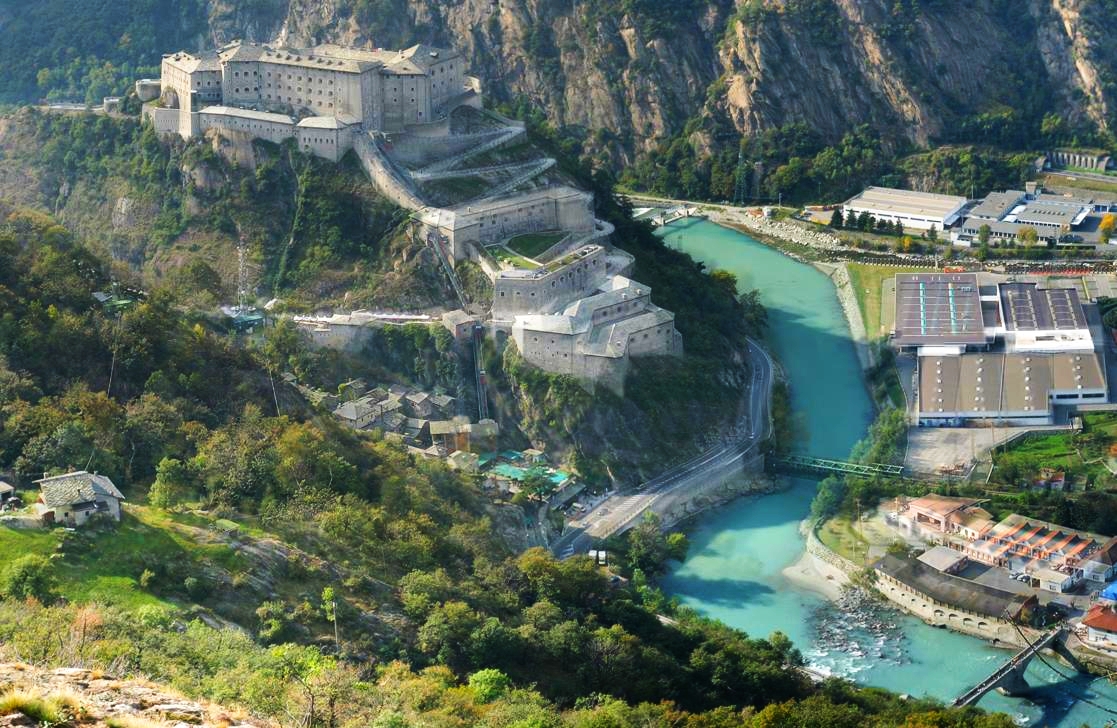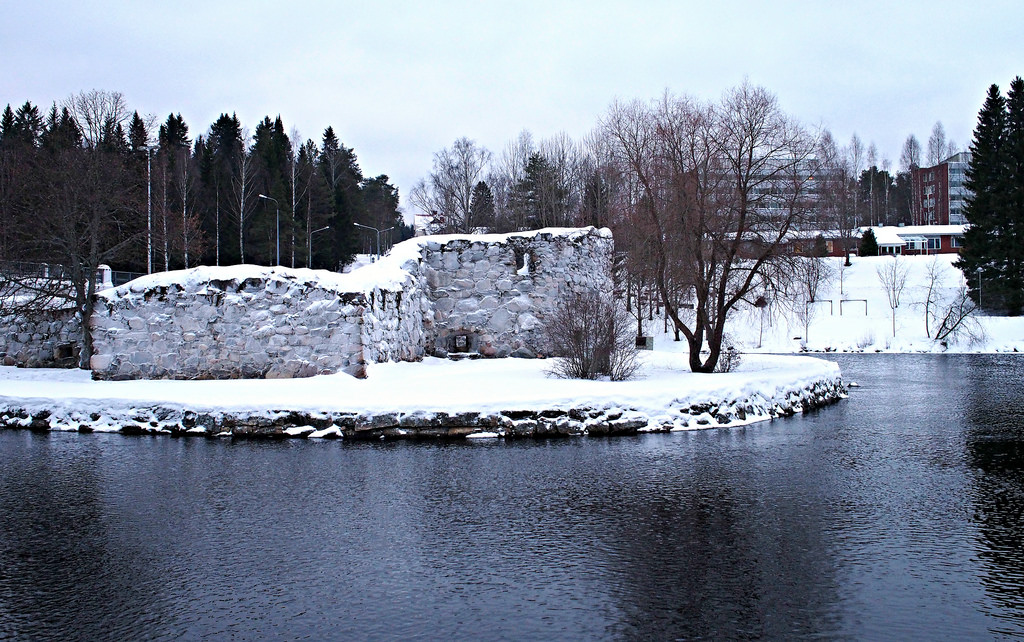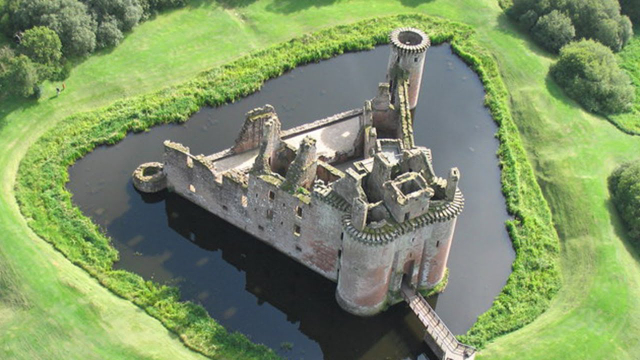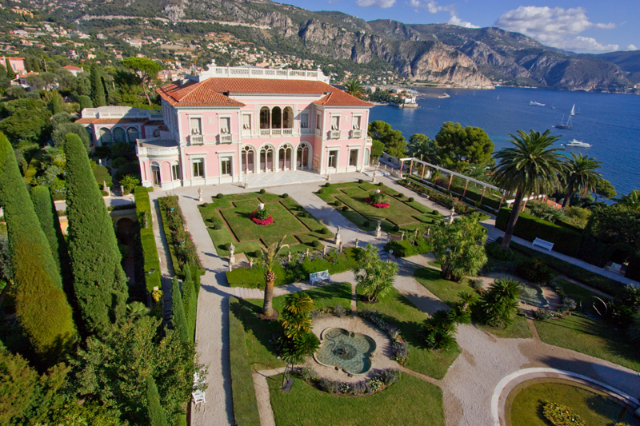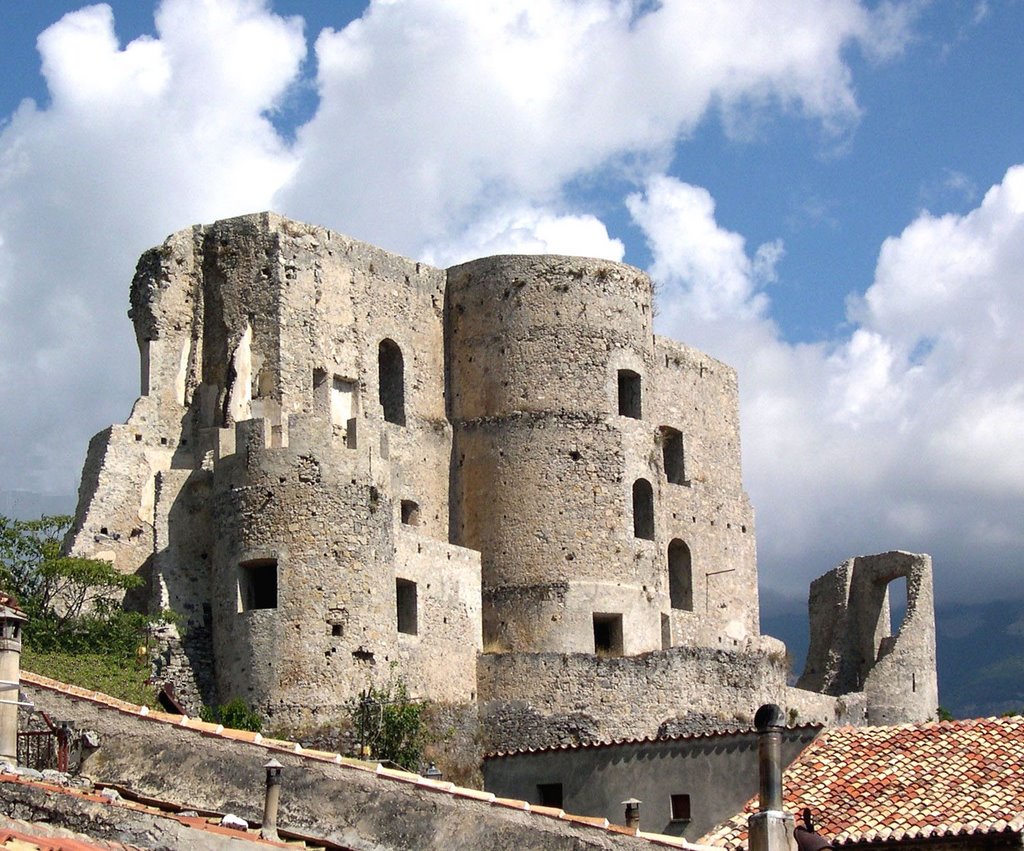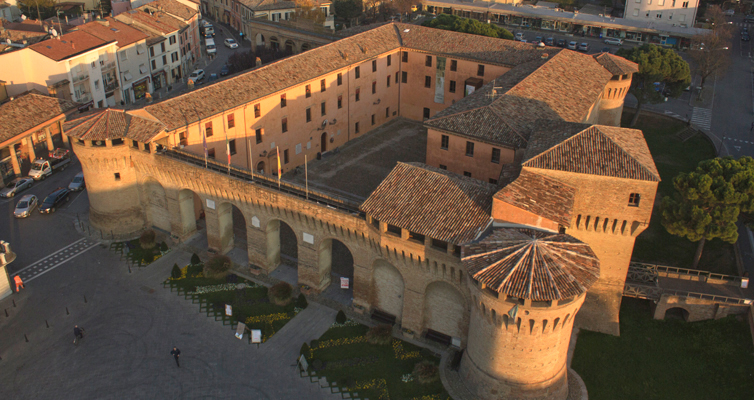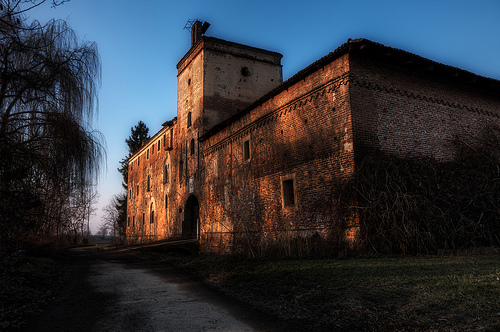As early as the beginning of the 6th century A.D. there was a garrison of sixty armed men in Bard defending the so-called "Clausuræ Augustanæ," the defensive system established to protect the borders of the Empire.
In 1034 this system was called "inexpugnabile oppidum," and this is one of the oldest references to a castle in the Aosta Valley. In 1242 the Savoys took possession of the lordship of Bard, with Amadeus IV, prompted by the insistence of the inhabitants of the area, who were tired of the abuses of Hugh of Bard, who, on the strength of the position of his castle, imposed heavy levies on travelers and merchants. From then on, the castle would always depend on the Savoy, who established a garrison there: in 1661 weapons from other Aosta Valley fortifications, including Verrès and Montjovet, were even concentrated in Bard.
What we see today is the reconstruction ordered by Charles Felix, who, in the midst of the Restoration, made it one of the most massive military structures in the Aosta Valley starting in 1830. In the late 1800s the fort headed for decline, used first as a penal bath and then as an ammunition depot. Decommissioned in 1975 from the military domain, it was acquired by the Aosta Valley region in 1990 and completely renovated in 2006.
Remaining virtually intact since its construction, the Fortress of Bard represents one of the best examples of an early 19th-century barrage fortress.
The fortress consists of three main buildings: starting from the bottom are the Opera Ferdinando, the median building, – Opera Vittorio – until reaching the top of the relief, where the Opera Carlo Alberto stands.
The latter is the most imposing of the three works, which encloses within it the large quadrangular courtyard of the Piazza d’Armi, surrounded by a wide arcade, where spaces dedicated to temporary exhibitions are located: inside, in addition to the Museum of the Alps, are the Prisons, which house a multimedia thematic itinerary on the history of the Fortress.
